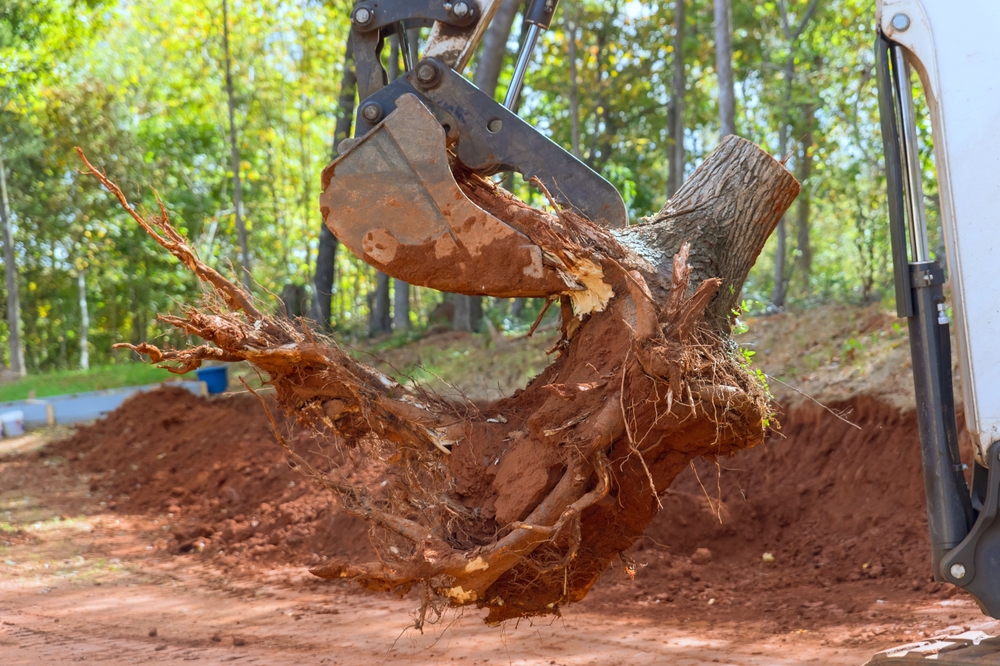
Land clearing is a crucial initial step in various construction and development projects, whether it’s for residential, commercial, or industrial purposes. It involves the systematic removal of vegetation, trees, rocks, and other obstacles to prepare the land for further construction or agricultural activities. This process requires careful planning, adherence to environmental regulations, and the use of specialized equipment to ensure efficiency and safety. Here, we’ll explore the comprehensive process and timeline involved in land clearing, highlighting key stages and considerations along the way.
Planning and Preparation
Site Assessment and Survey
The first step in any land clearing project is a thorough assessment and survey of the site. This involves identifying boundaries, existing vegetation, topography, soil conditions, and any potential environmental concerns. A detailed survey helps in determining the best approach for clearing the land while minimizing impact on the surrounding environment.
Permits and Regulatory Compliance
Depending on the location and scale of the project, obtaining necessary permits and ensuring compliance with local, state, and federal regulations is essential. This may involve environmental impact assessments, wildlife habitat surveys, and permits for clearing protected or sensitive areas. Engaging with regulatory authorities early in the planning phase helps streamline the process and avoid delays.
Development of Clearing Plan
Based on the site assessment and regulatory requirements, a detailed clearing plan is developed. This plan outlines the sequence of operations, equipment needed, methods of debris disposal or recycling, and safety protocols. Factors such as the type of vegetation, presence of hazardous materials like asbestos, and proximity to water bodies influence the specific techniques employed during clearing.
Clearing Operations
Vegetation and Tree Removal
The actual clearing begins with the removal of vegetation and trees from the site. Depending on the size and type of vegetation, this may involve manual labor using chainsaws and hand tools for smaller plants, or heavy machinery such as bulldozers and excavators for larger trees and thick brush. Careful consideration is given to preserving trees designated for retention and protecting neighboring properties from debris.
Excavation and Earthwork
Once vegetation is cleared, excavation and earthmoving operations may be necessary to prepare the site for construction. This includes grading the land to achieve desired slopes, leveling areas for building foundations, and creating drainage systems to manage stormwater runoff. Excavators, graders, and compactors are commonly used during this phase to ensure the site is properly prepared for subsequent construction activities.
Debris Management and Recycling
During clearing operations, managing debris and organic material is critical. Wood, vegetation, and other biodegradable materials can be mulched or chipped for recycling as organic matter. In some cases, timber may be salvaged for lumber or biomass energy production. Non-recyclable debris such as concrete, rocks, and metal are sorted for disposal or recycling according to environmental guidelines.
Environmental Considerations
Erosion Control and Soil Stabilization
Minimizing soil erosion and stabilizing disturbed areas are important environmental considerations during land clearing. Techniques such as silt fencing, erosion control blankets, and seeding with native vegetation help prevent sediment runoff into nearby water bodies and preserve soil quality. These measures are typically implemented throughout the clearing process and continue during subsequent construction phases.
Protection of Water Resources
Preserving water quality and protecting aquatic habitats are key priorities. Buffer zones are established around water bodies to prevent sedimentation and pollution from clearing activities. Sediment ponds and filtration systems may be installed to capture runoff and filter pollutants before they reach natural watercourses. Compliance with regulations such as the Clean Water Act ensures that water resources remain protected throughout the project.
Conclusion
The land clearing process is a meticulously planned and executed series of operations that prepares raw land for development while adhering to environmental regulations and minimizing ecological impact. From initial planning and regulatory compliance to the physical removal of vegetation and debris, each stage requires careful consideration of site-specific factors and environmental considerations. By following a structured timeline and employing best practices in land management, developers and contractors can achieve successful land clearing outcomes that pave the way for sustainable and responsible development.
Need Construction Preparation & Services in Montgomery, TX?
At Randy Roan Construction Inc., we work hard to ensure our quality work is done in a timely manner. We provide services such as land clearings, site utilities, and asphalt paving along with many other services. We guarantee your customer satisfaction with our work here at Randy Roan Construction Inc. So give us a call today!

